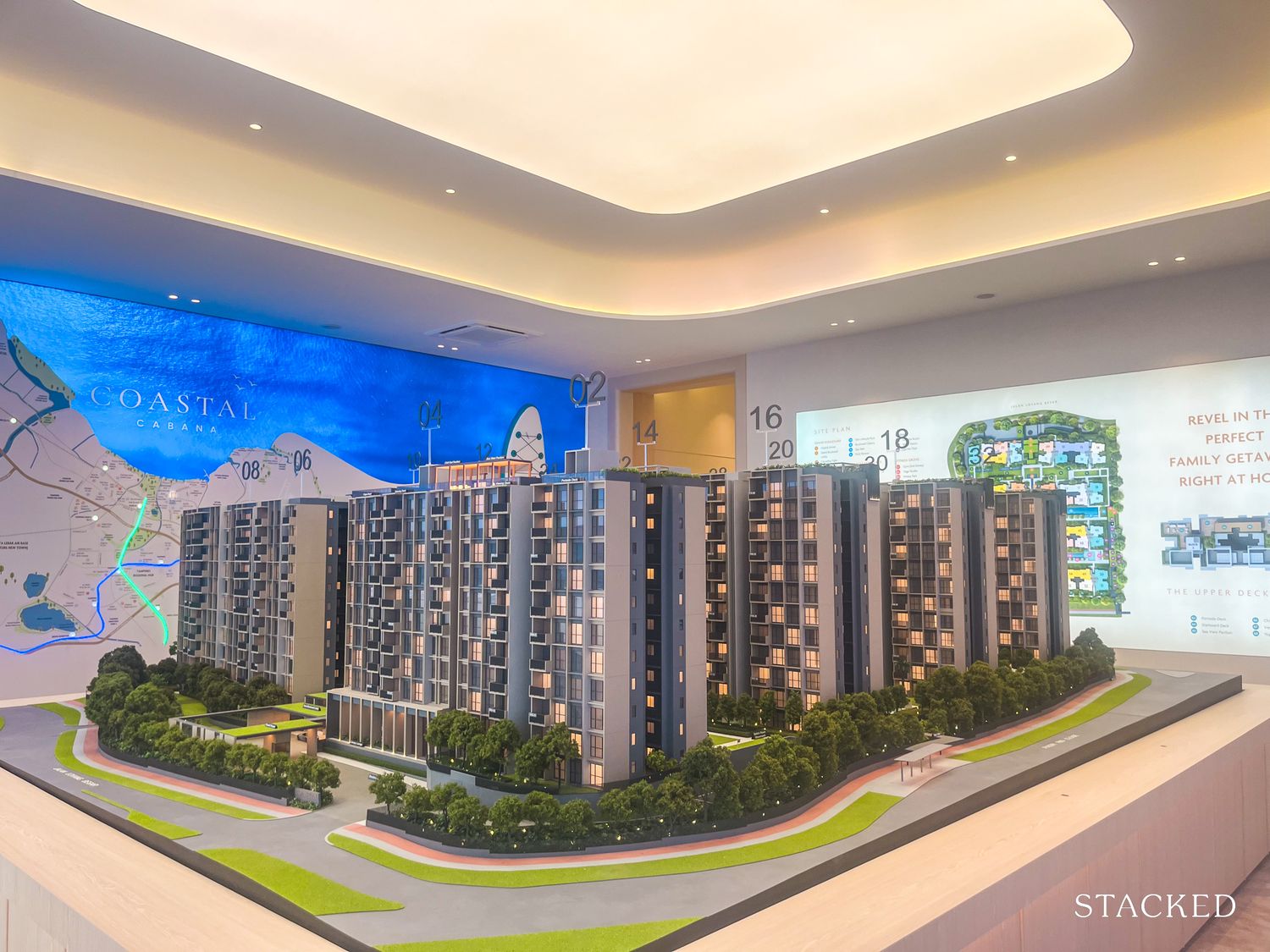How Well Do Regional Centre Properties Compare Against The CBD?
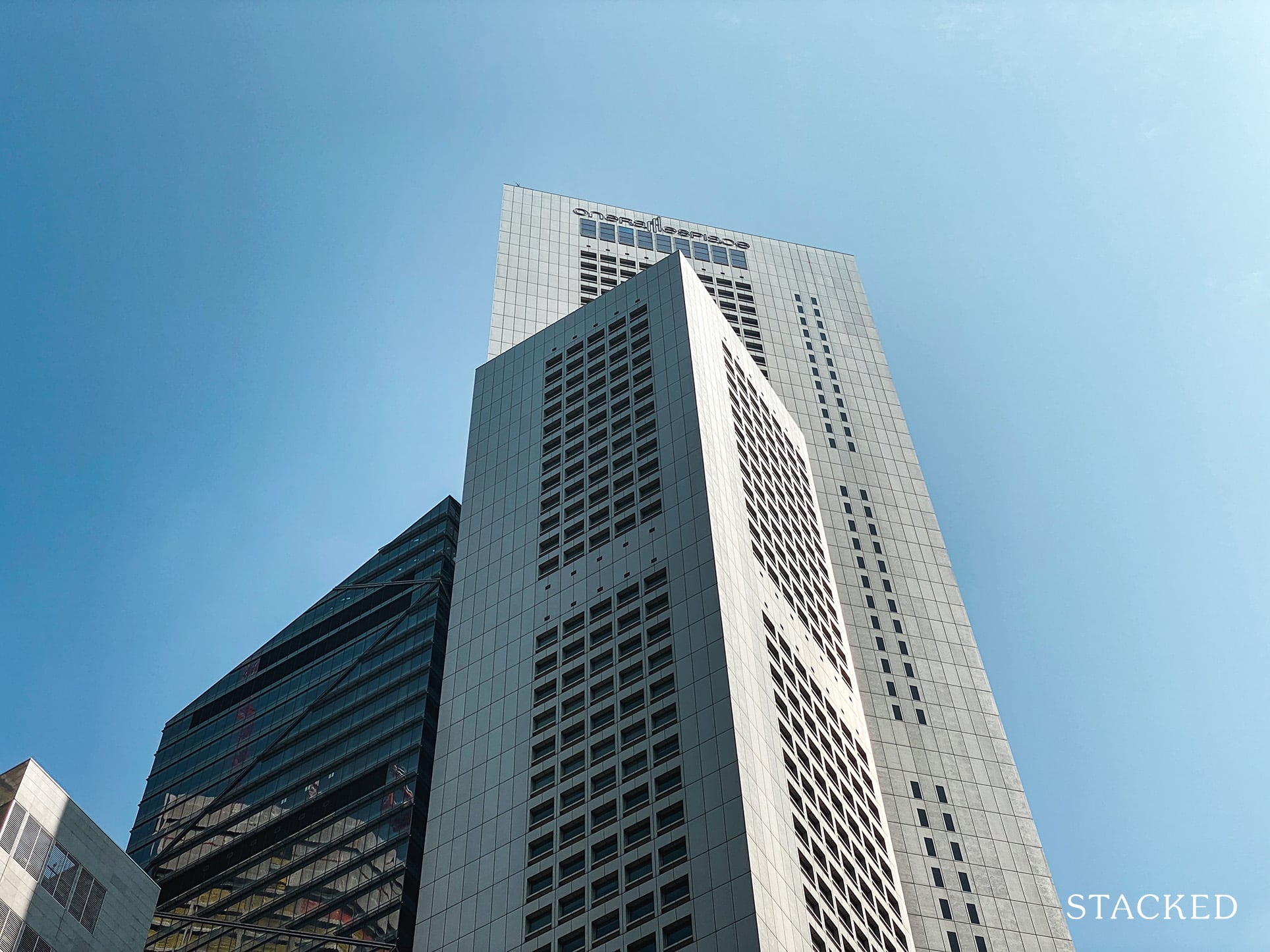
Get The Property Insights Serious Buyers Read First: Join 50,000+ readers who rely on our weekly breakdowns of Singapore’s property market.
A seasoned content strategist with over 17 years in the real estate and financial journalism sectors, Ryan has built a reputation for transforming complex industry jargon into accessible knowledge. With a track record of writing and editing for leading financial platforms and publications, Ryan's expertise has been recognised across various media outlets. His role as a former content editor for 99.co and a co-host for CNA 938's Open House programme underscores his commitment to providing valuable insights into the property market.
A short while back, we put out an article explaining how the Bugis – Beach Road area (district 7) has since become more expensive than Orchard. But those of you who follow Singapore’s private property scene may not be surprised; Singapore began decentralising as far back as the 1990s, in an attempt to have multiple business hubs rather than a single CBD.
This has resulted in the four planned regional centres: Woodlands, Jurong, Seletar, and Tampines.
In this article we’re going to take a look at the residential properties in these regional centres, and see how they compared to the CBD:
So how have prices moved in the CBD?
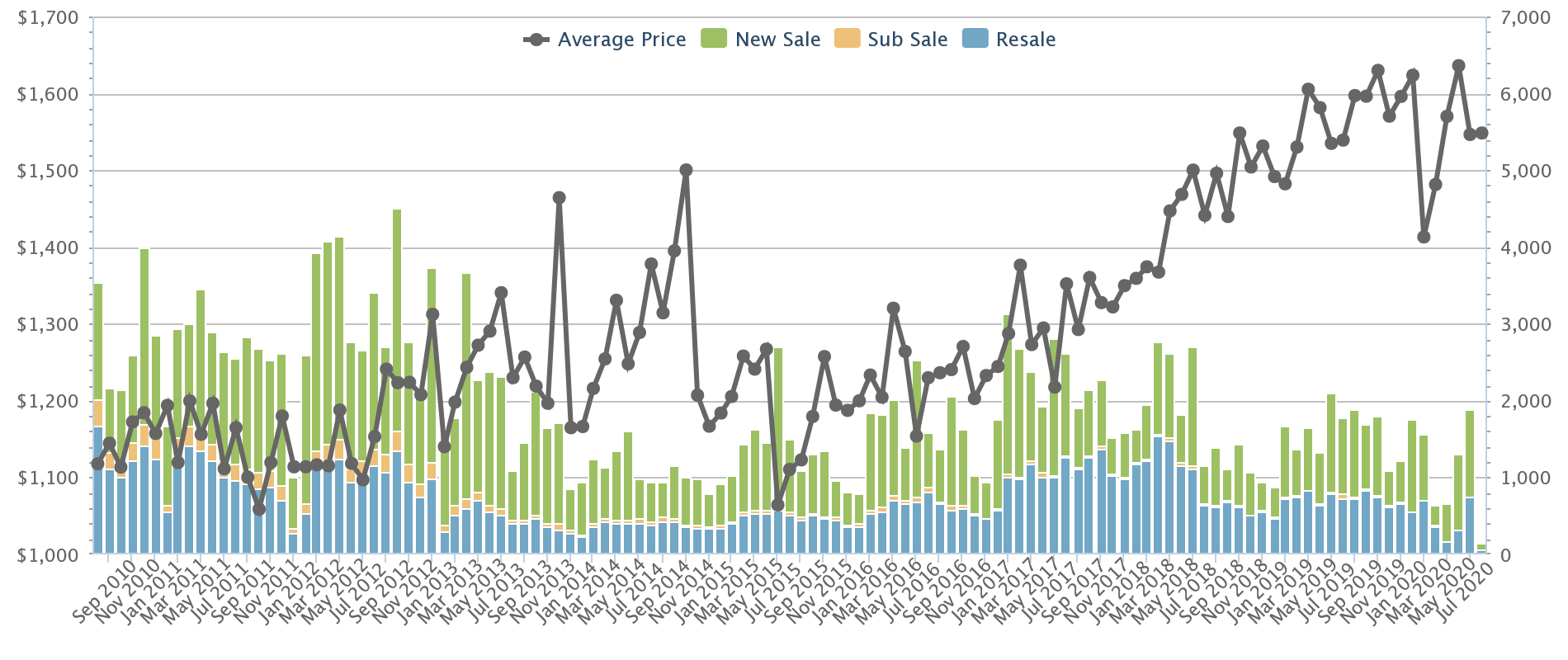
Over the past 10 years, prices have risen from an average of $1,118 psf, to $1,548 psf. This is a 38.4 per cent increase, or about 3.31 per cent per year.
On the other hand, here’s how the other regional centres have kept pace:
Jurong Lake District
This is probably the best-known regional centre, and it’s often called the “second CBD”. Here’s how prices have moved:
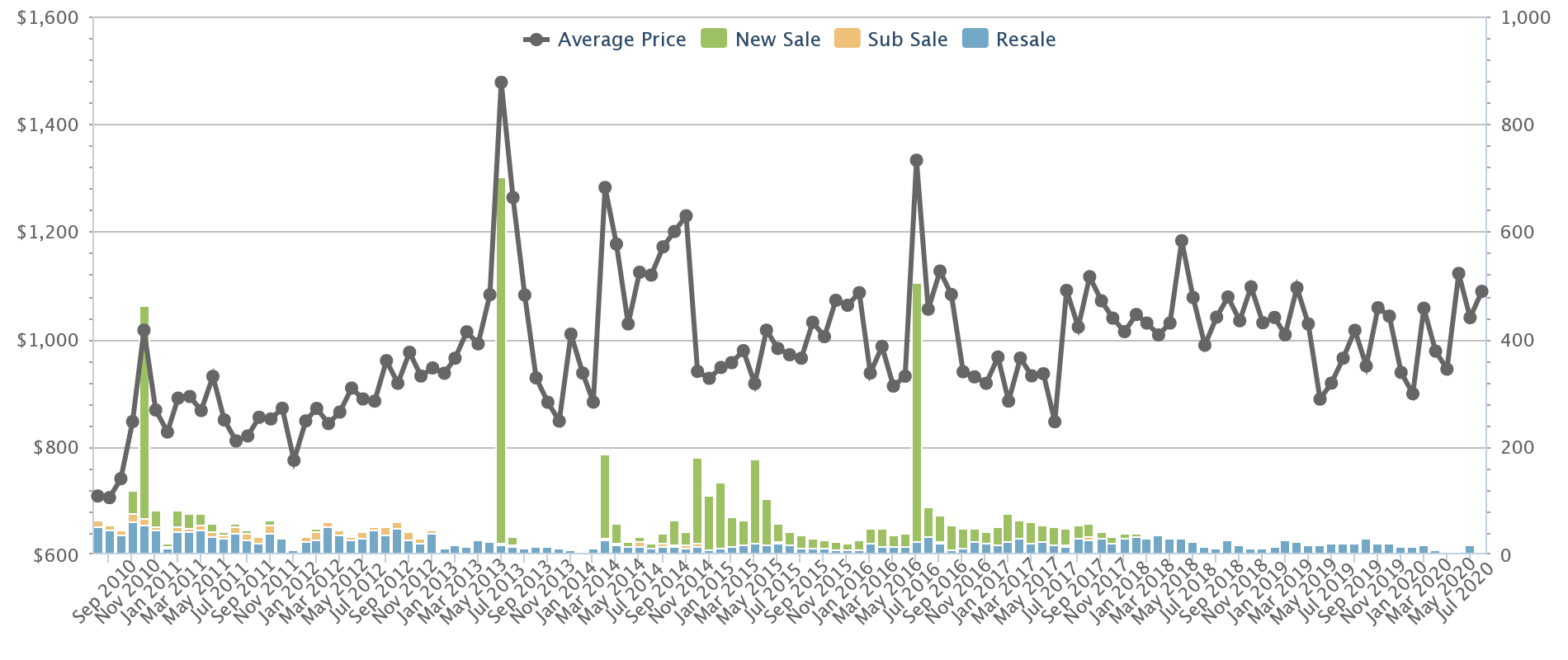
Prices have appreciated from an average of $709 psf, to $1,089 psf over the past decade. This is an increase of 53.6 per cent, or about 4.39 per cent per annum.
Top three developments in price appreciation
| Project Name | Tenure | Completion | Capital Gain (%)* | Historical PSF | Current PSF |
| Lake Life | 99 years | 2016 | 25.3 | $878 | $1,100 |
| Westwood Residences | 99 years | 2017 | 12.8 | $789 | $890 |
| Lakeview | 99 years | 2017 | 12.7 | $1,253 | $1,412 |
*Capital gain calculation derived from the past 5 years.
Top three developments for rental yield
| Project Name | Tenure | Completion | Gross Yield (%) |
| Westville | 99 years | 1997 | 3.7 |
| The Floravale | 99 years | 2000 | 3.6 |
| The Mayfair | 99 years | 2000 | 3.6 |
Things to take note of:
- The HSR “roller-coaster”
- Strong retail scene
- Congestion issues
1. The High Speed Rail (HSR) “roller-coaster”
It was thought that the terminus for the HSR would be located in Jurong East, and provide a direct link to Kuala Lumpur. This briefly made Jurong East a hotspot among investors (thinking of Malaysian tenants), as well as home owners who see quick access to Malaysia as a major amenity.
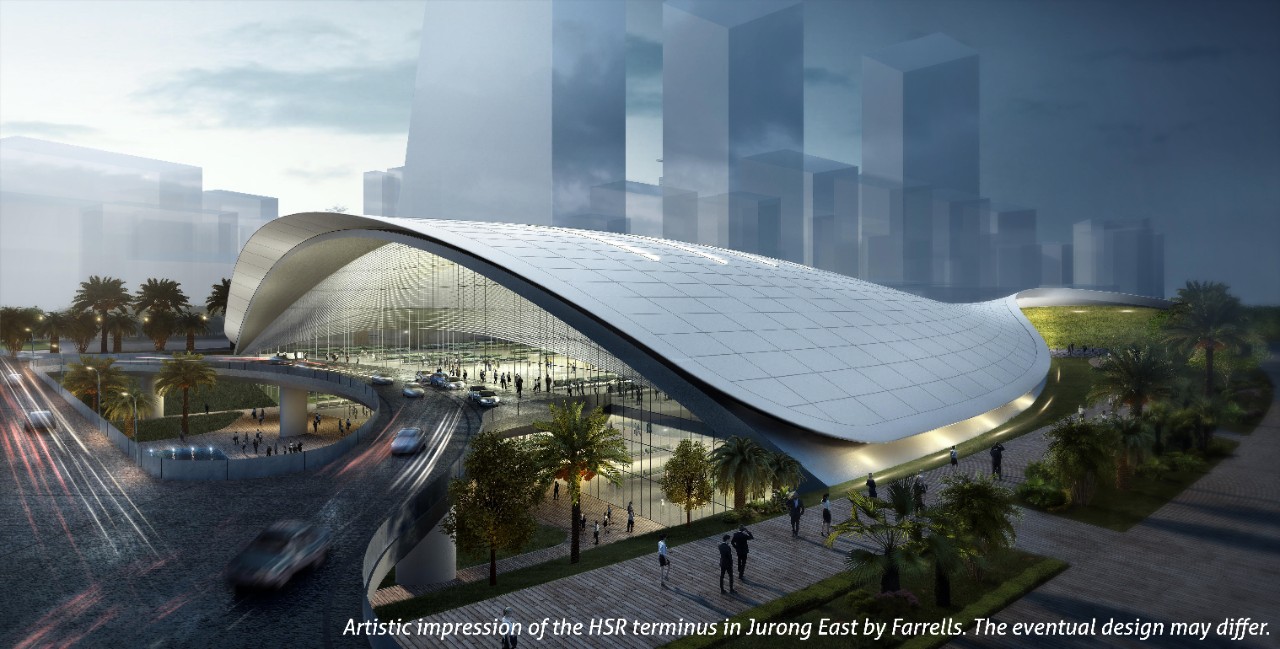
This was what caused the average price to jump from $709 psf in 2010 – when the HSR was announced – to $1,478 psf during the property peak in 2013. But in 2018, the HSR was apparently cancelled; several analysts predicted a potential negative.
2. Strong retail scene
Jurong has seen the biggest pick-up in retail amenities over the past decade, compared to almost any other district. Major malls like JCube, Jem, and Westgate have joined older existing ones (like IMM); this has now replaced Jurong’s previous reputation as being purely industrial, and too isolated.
3. Congestion issues
Due to its transformation to a regional hub, Jurong’s congestion is the worst the area has seen in years. There are plans to create a road that allows residents in nearby Bukit Batok, Choa Chu Kang, and Jurong West to connect directly to the AYE, while bypassing Jurong Lake District; but until that happens, traffic is likely to keep frustrating residents.
URA is also aiming to cut down the number of delivery trucks during peak hours, by 65 per cent (there’s no recent news on how well this is going).
As for the large crowds on the MRT, this will be alleviated by the Jurong Region Line (est. completion 2025) and Cross Island Line (est. completion 2030); but until then, expect to squeeze into the MRT and get standing room only.
Tampines Regional Centre
Many Singaporeans don’t realise that it’s Tampines – not Jurong – that was the first completed regional centre. Tampines as a regional centre was developed way back in 1992. As such, it’s often overshadowed by its newer counterparts:
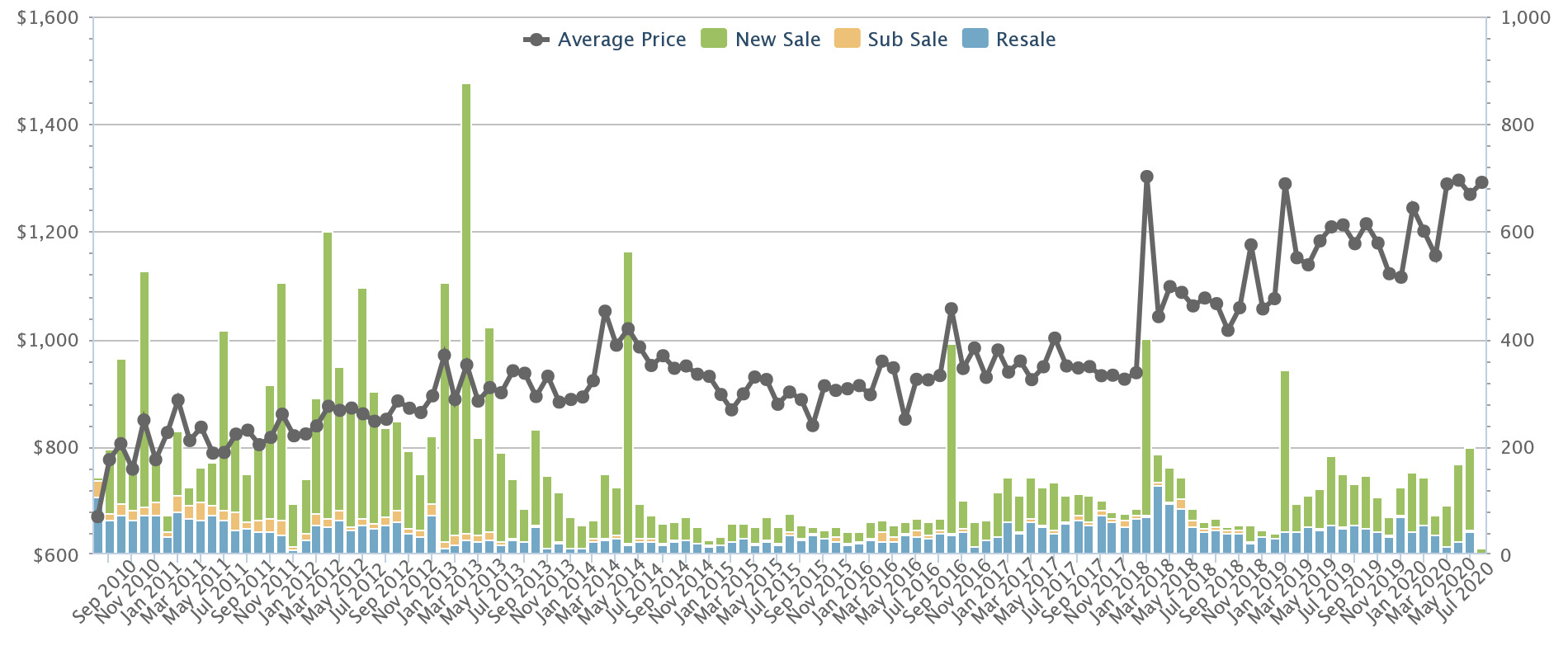
Prices have appreciated from an average of $670 psf, to $1,292 psf over 10 years. This is an increase of 92.8 per cent, or around 6.79 per cent per year.
Top three developments in price appreciation
| Project Name | Tenure | Completion | Capital Gain (%)* | Historical PSF | Current PSF |
| Belysa | 99 years | 2014 | 29.5 | $701 | $908 |
| Coco Palms | 99 years | 2018 | 25.7 | $1,024 | $1,287 |
| Sea Horizon | 99 years | 2016 | 17.7 | $796 | $937 |
*Capital gain calculation derived from the past 5 years.
Top three developments for rental yield
| Project Name | Tenure | Completion | Gross Yield (%) |
| Melville Park | 99 years | 1996 | 4.2 |
| Eastvale | 99 years | 1999 | 3.8 |
| The Riverina | 99 years | 2000 | 3.8 |
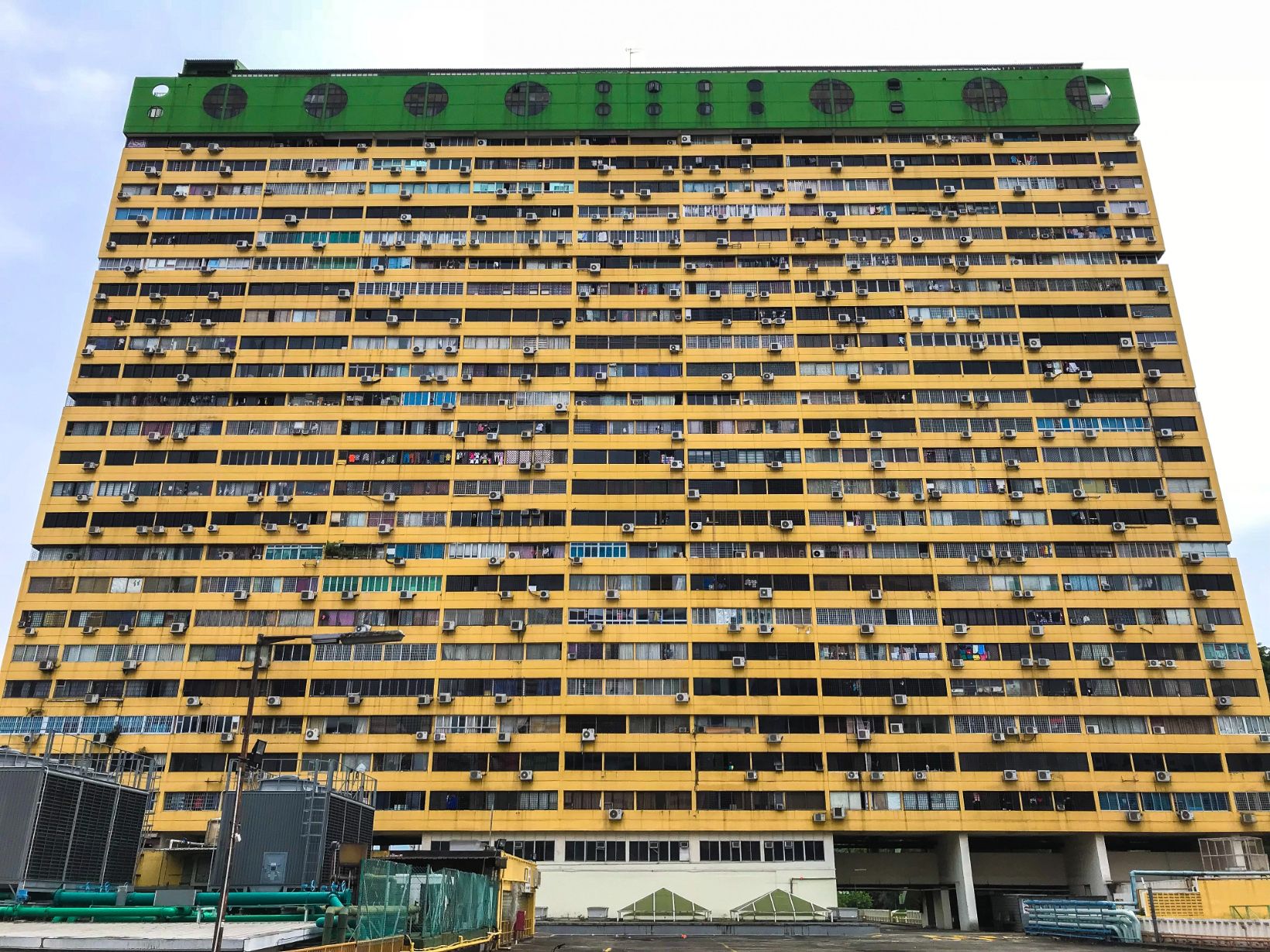
Property Picks5 Condos With The Best Rental Yield And Lowest Maintenance Fees
by Ryan J. OngThings to take note of:
- The most developed of the regional centres
- Major benefits from the proximity to Changi
- Will gain from the upcoming Cross Island Line
1. The most developed of the regional centres
Being the first, Tampines has had more time than the other three regional centres to develop. Tampines Central is noted for its cluster of three major malls (Century Square, Tampines Mall, Tampines 1), as well as the large number of banks and financial services.
More from Stacked
I’ve Been Renting Since I Was 20 In Singapore, Here’s Why I Don’t Regret It
Those who knew me growing up wouldn’t be surprised that I moved out of my parents at the not-even-legal age…
However, this also mean further transformation may be limited when compared to the newer regional centres; buyers today may be coming in late (see the chart above, prices have practically doubled on a per-square-foot basis).
2. Major benefits from the proximity to Changi
A key benefit for the Tampines regional hub is easy access to Changi airport, as well as Changi Business Park. It’s around 10 minutes’ drive from Tampines Central to Changi Business Park, and about an eight-minute drive to Changi airport.
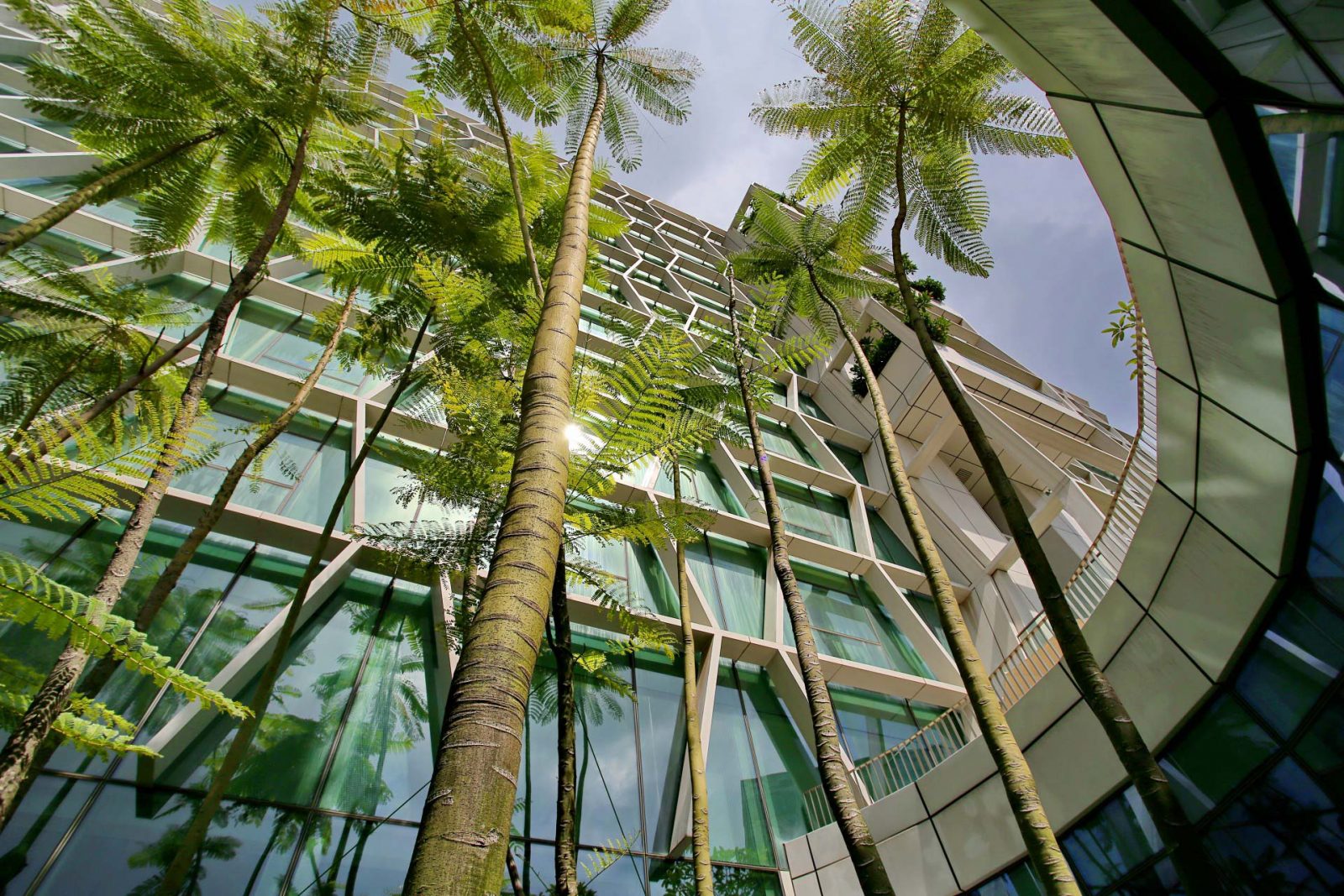
As such, landlords often eye the ready demographic of expatriates working in logistics, aviation, or the many companies located in Changi Business Park.
3. Will gain from the upcoming Cross Island Line
The Cross Island Line (CRL) will improve general access to the MRT network. Phase 1 of the CRL will link Tampines North to the North-South Line, while Bright Hill station will provide a connection to the Thomson East-Coast Line (TEL).
The completion of the CRL is estimated to be around 2030, however, so it’s a little early to see much enthusiasm.
Woodlands Regional Centre
This will be the largest economic hub in the north, slated for completion in about 10 years. One of the standout features are Woodlands’ extensive waterfront views, as well as focus on agricultural technology:
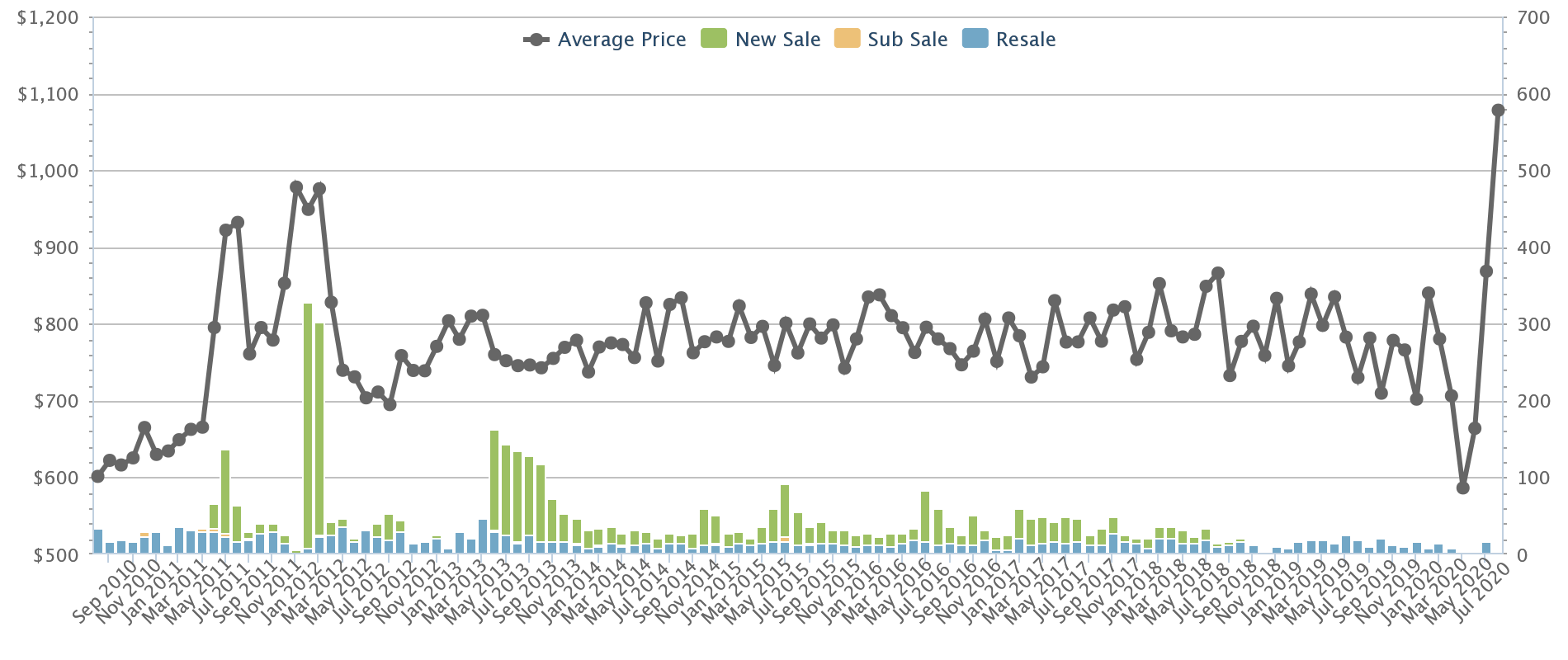
Property prices averaged $601 psf a decade ago, and have now climbed to $1,078 psf. This is a 79.3 per cent increase, with prices going up around six per cent per year.
Top three developments in price appreciation
| Project Name | Tenure | Completion | Capital Gain (%)* | Historical PSF | Current PSF |
| Twin Fountains | 99 years | 2016 | 19.8 | $741 | $888 |
| Bellewoods | 99 years | 2017 | 12.3 | $764 | $858 |
| Woodgrove Condominium | 99 years | 1999 | 8.3 | $635 | $688 |
*Capital gain calculation derived from the past 5 years.
Top three developments for rental yield
| Project Name | Tenure | Completion | Gross Yield (%) |
| Northoaks | 99 years | 2000 | 4.1 |
| Woodsvale | 99 years | 2000 | 3.8 |
| Parc Rosewood | 99 years | 2014 | 3.7 |
Things to take note of:
- RTS link to Johor Bahru
- Woodlands North Coast business park
1. RTS link to Johor Bahru
The Singapore – Johor Bahru Rapid Transit Link System (RTS) will provide a direct train to Johor Bahru. The Singapore terminus is at the Woodlands North station, and the train will end at Bukit Chagar station in Johor.
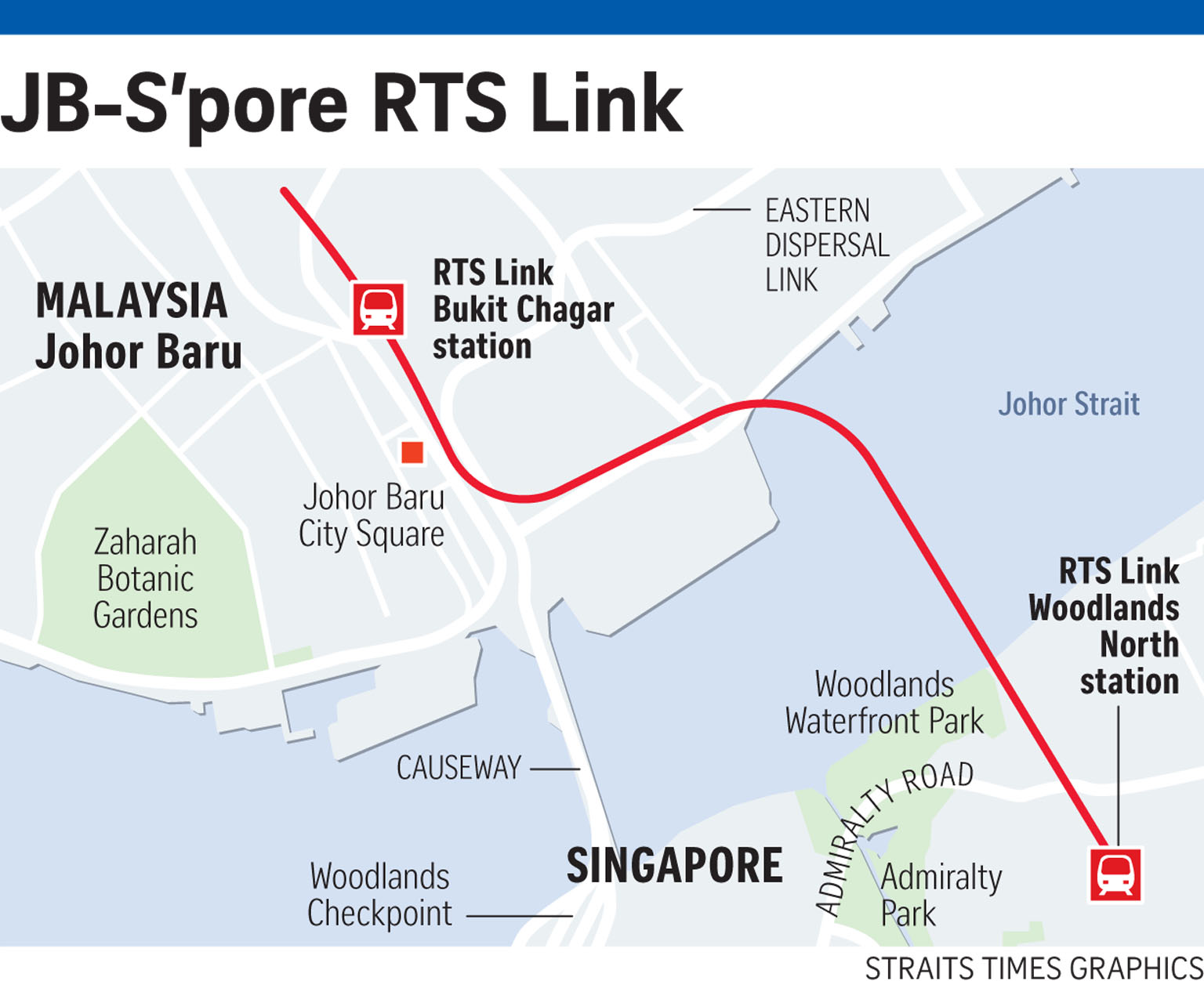
This will create further rental demand among Malaysians working or living in Singapore, although a fair number of them already rent in the Woodlands area (thanks to quick access via the causeway).
However, construction of the line has been stalled before; this happened in August 2017, when the Sultan of Johor called for a review of the design. The project only restarted in July this year, with a targeted completion date sometime in 2026.
Construction was meant to start in 2021, but we have not updated on whether this is affected by Covid-19 delays.
2. Woodlands North Coast business park
This business park is under the purview of Jurong Town Council (JTC), which was also behind the developments in Jurong, and in tech hubs like One-North. The business park is expected to provide up to 100,000 jobs, mainly for Small to Medium Enterprises (SMEs).
However, manufacturing companies are also to be a part of this. Current plans are to include only light manufacturing (i.e. low pollution); but some Woodlands residents may not like the thought of their neighbourhood now including industrial facilities.
Seletar Regional Centre
Seletar Regional Centre is mainly aimed at aerospace industries, as ST Aerospace and Europcopter are already based here. This is overall the newest of the regional centres, which is still far from its projected potential:
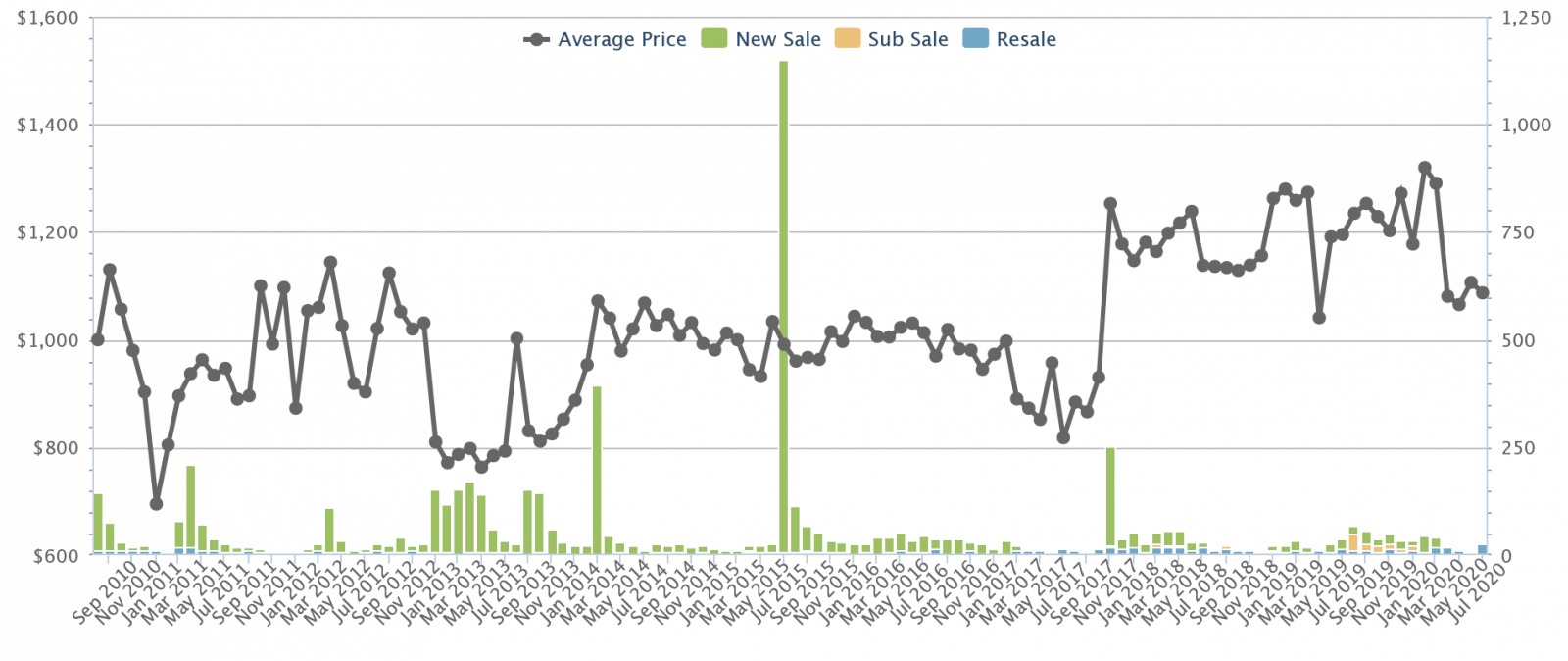
Private residential prices in Seletar haven’t moved much from a decade ago. They averaged $1,000 psf then, and are at about $1,087 psf. This is an 8.7 per cent increase, with prices rising just 0.84 per cent per year. Do note that transaction volumes are lower than most districts here.
Top three developments in price appreciation
| Project Name | Tenure | Completion | Capital Gain (%)* | Historical PSF | Current PSF |
| Saraca Gardens | Freehold | 1993 | 38.2 | 863 | 1,193 |
| Seletar Hills Estate | 999 years | 1996 | 34.2 | 978 | 1,312 |
| Luxus Hills | 999 years | 2020 | 29.3 | 1,531 | 1,979 |
*Capital gain calculation derived from the past 5 years.
| Project Name | Tenure | Completion | Gross Yield (%) |
| High Park Residences | 99 years | 2019 | 3.6 |
| Seletar Springs Condominium | 99 years | 2000 | 3.4 |
| Sunrise Gardens | 99 years | 1998 | 3.3 |
As this was the most recently announced regional centre, there’s not much to say yet.
If Seletar succeeds in drawing in new businesses and creating jobs, we’ll likely see prices climb in this otherwise quiet neighbourhood. Home buyers and investors will need to be tolerant however, as right now Seletar is a little light in terms of lifestyle / entertainment options.
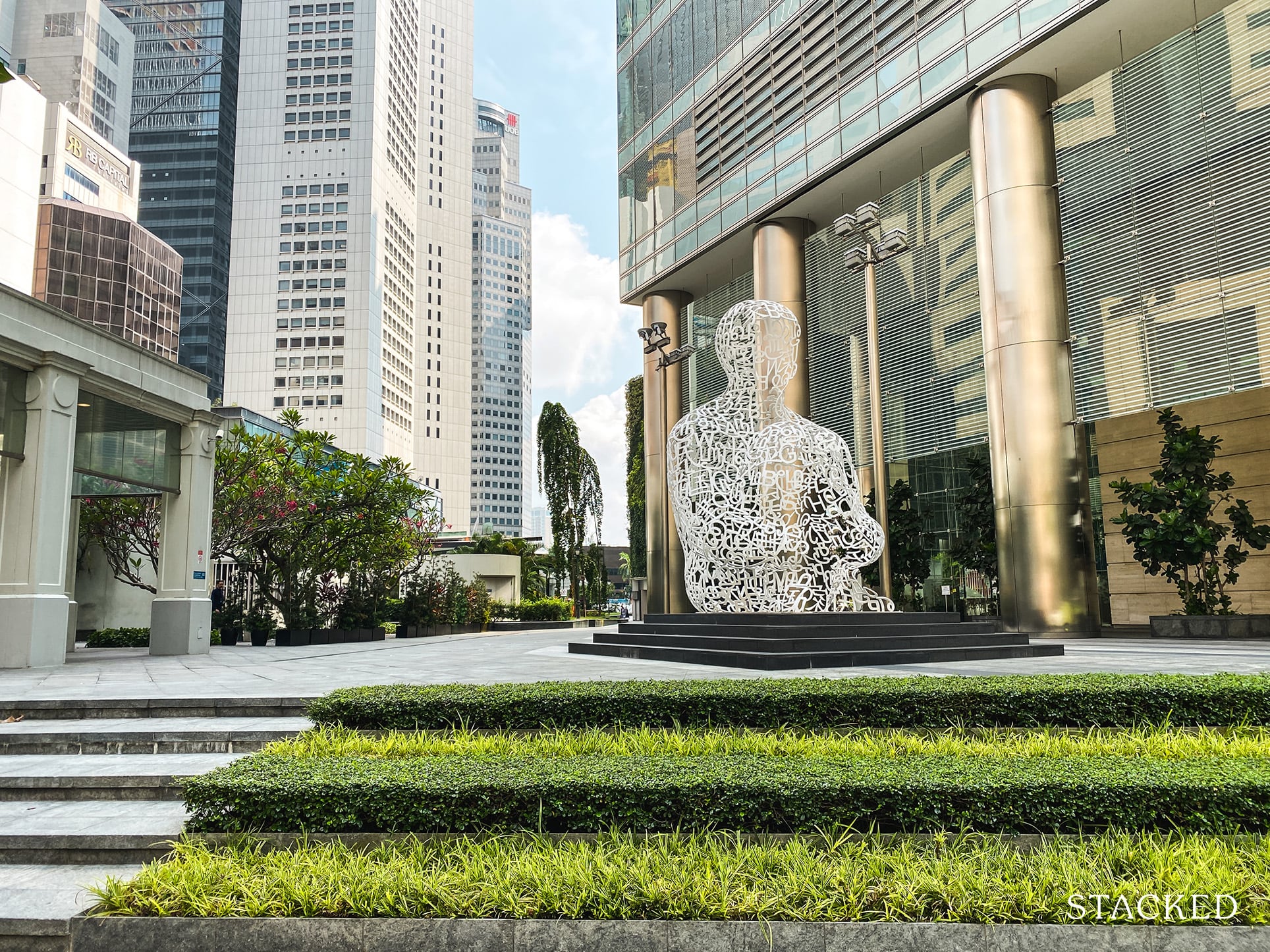
Buying in regional centres can be a viable alternative to the CBD
The planned regional centres – even the more developed ones like Tampines and Jurong Lake District – are still far from CBD level prices of $1,548 psf.
However, we can see the regional centres have shown higher gains over the past decade than the CBD (barring Seletar, because it was the most recently announced). URA is quite consistent in its Master Plans, which is why that should remain the basic blueprint of property investing in Singapore.
If your focus is on resale gains, do consider the various regional centres instead of the usual CBD properties; it may also be more affordable for newer investors. You can check out in-depth reviews of properties in these areas on Stacked.
If you’d like to get in touch for a more in-depth consultation, you can do so here.
Ryan J. Ong
A seasoned content strategist with over 17 years in the real estate and financial journalism sectors, Ryan has built a reputation for transforming complex industry jargon into accessible knowledge. With a track record of writing and editing for leading financial platforms and publications, Ryan's expertise has been recognised across various media outlets. His role as a former content editor for 99.co and a co-host for CNA 938's Open House programme underscores his commitment to providing valuable insights into the property market.Read next from Property Market Commentary

Property Market Commentary A Wave Of New HDB Resale Supply Is Coming In 2026: Here’s Where To Find Them

Property Market Commentary 5 Key Features Buyers Should Expect in 2026 New Launch Condos

Property Market Commentary What “Lucky” Singaporean Homebuyers Used To Get Away With — That You Can’t Today
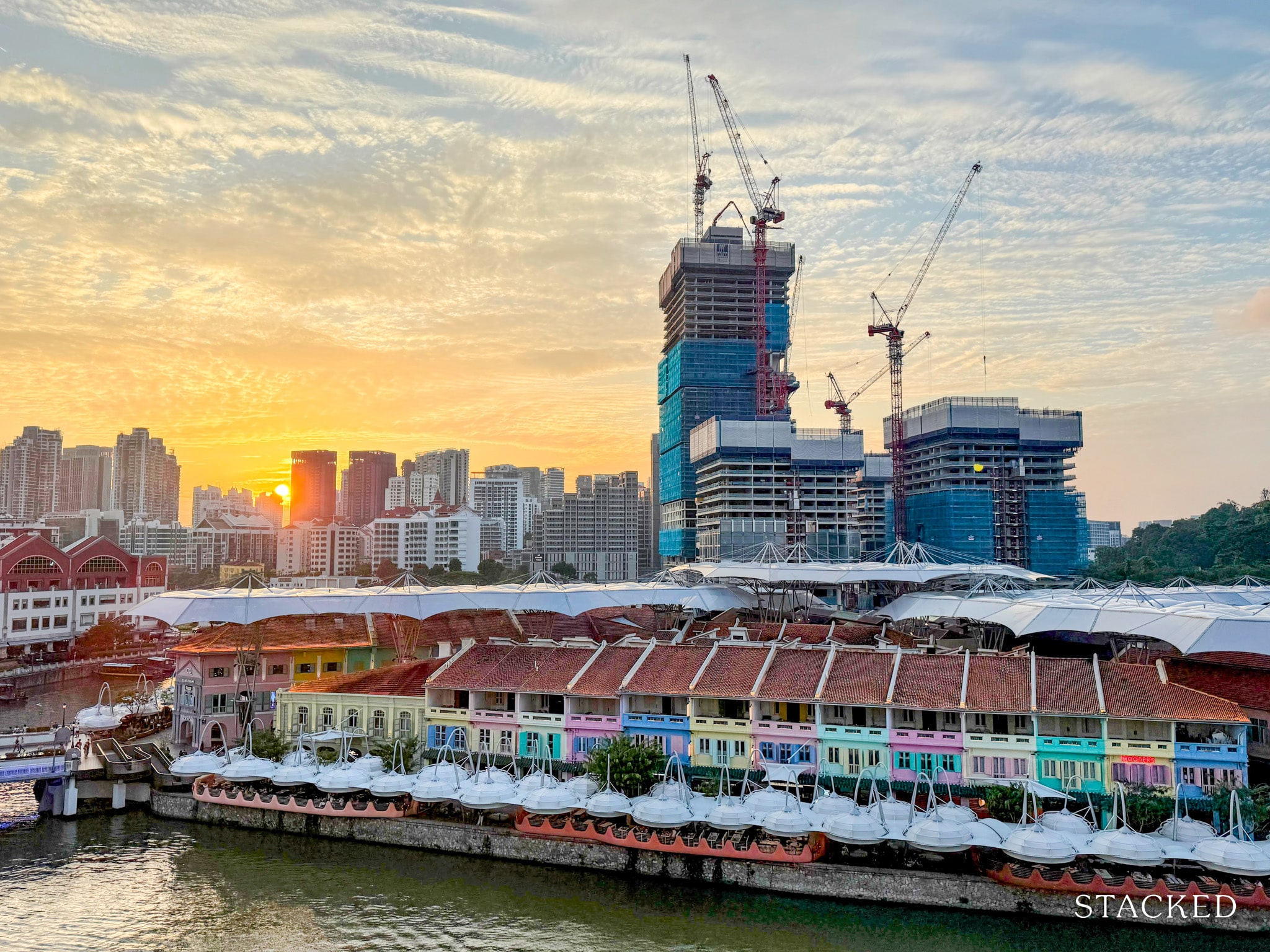
Property Market Commentary 7 Close To TOP New Launch Condos In 2026/27 For Those Looking To Move In Quick
Latest Posts

Property Advice We Own A $800K 1-Bedder And A $1.1M 3-Bedder: Is It Possible To Upgrade To A 4-Bedder Condo?

On The Market These Are Some Of The Cheapest 5-Room HDB Flats Left In Central Singapore

Pro This 698-Unit Ang Mo Kio Condo Launched At The Wrong Time — And Still Outperformed Peers

Singapore Property News $281.2M in Singapore Shophouse Deals in 2H2025 — But That Number Doesn’t Tell the Full Story

Property Investment Insights These Resale Condos In Singapore Were The Top Performers In 2025 — And Not All Were Obvious Winners

Singapore Property News CapitaLand–UOL’s $1.5 Billion Hougang Central Bid May Put Future Prices Above $2,500 PSF

Singapore Property News Why New Condo Sales Fell 87% In November (And Why It’s Not a Red Flag)

Pro How A 944-Unit Mega-Condo In Pasir Ris Ended Up Beating The Market
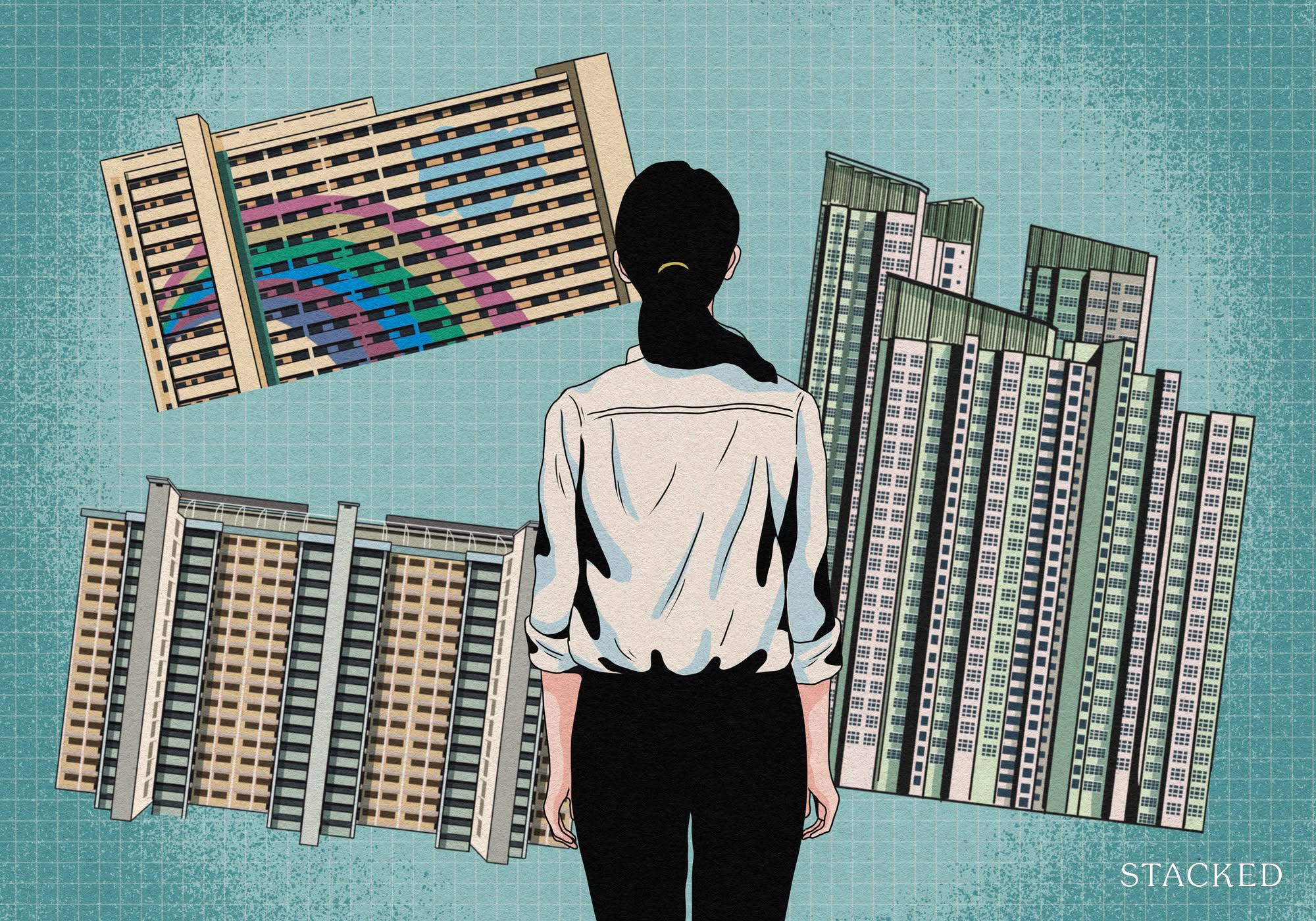
Property Investment Insights What Changed In Singapore’s Property Market In 2025 — And Why It Matters
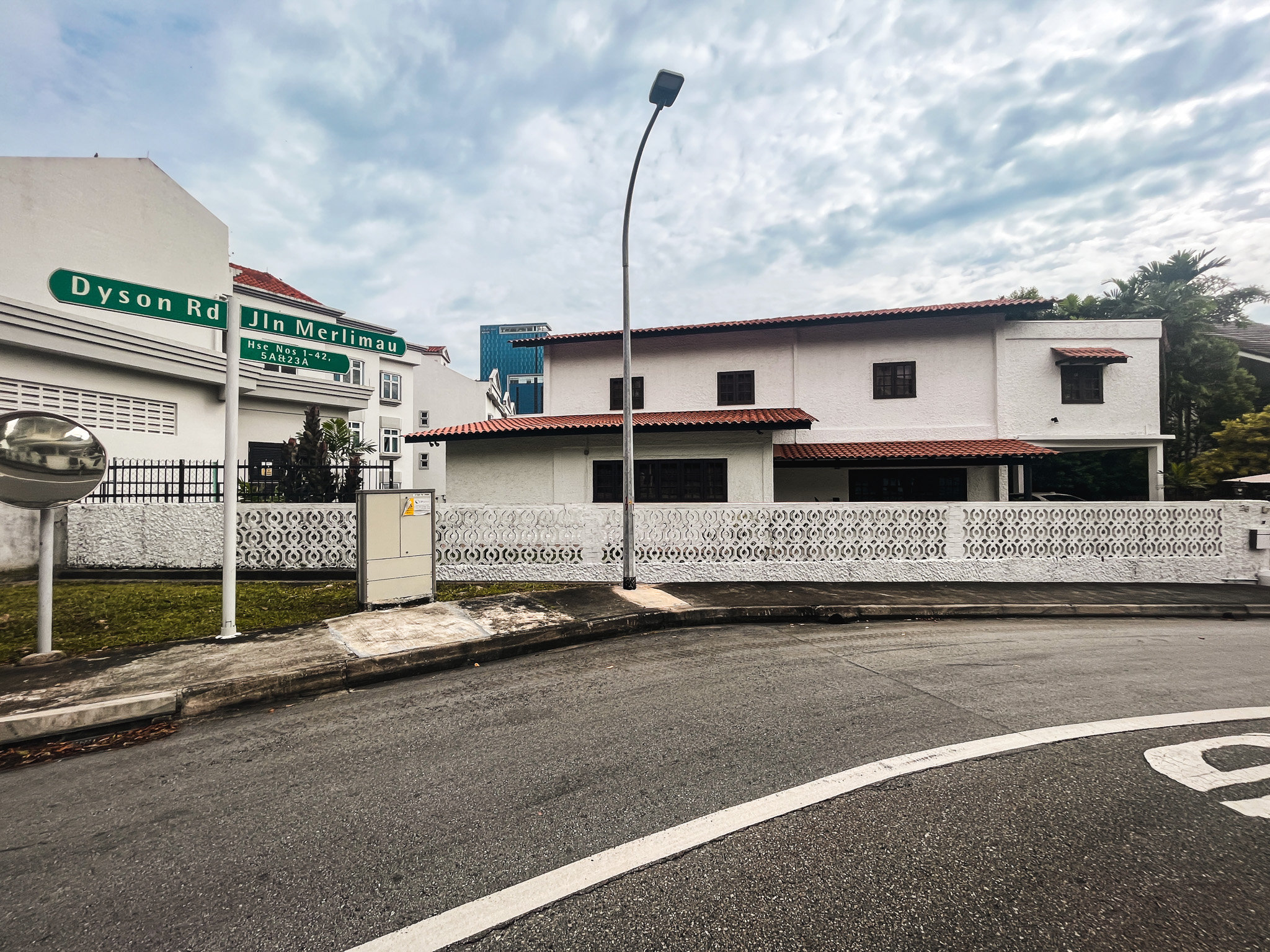
Editor's Pick We Toured A Quiet Freehold Landed Area Near Reputable Schools — Where Owners Rarely Sell

Singapore Property News How Much Smaller Can Singapore Homes Get?

Editor's Pick The Biggest Mistake Singaporeans Make When Analysing Overseas Property

Pro How Much More Should You Really Pay for a Higher Floor or Sea View Condo?
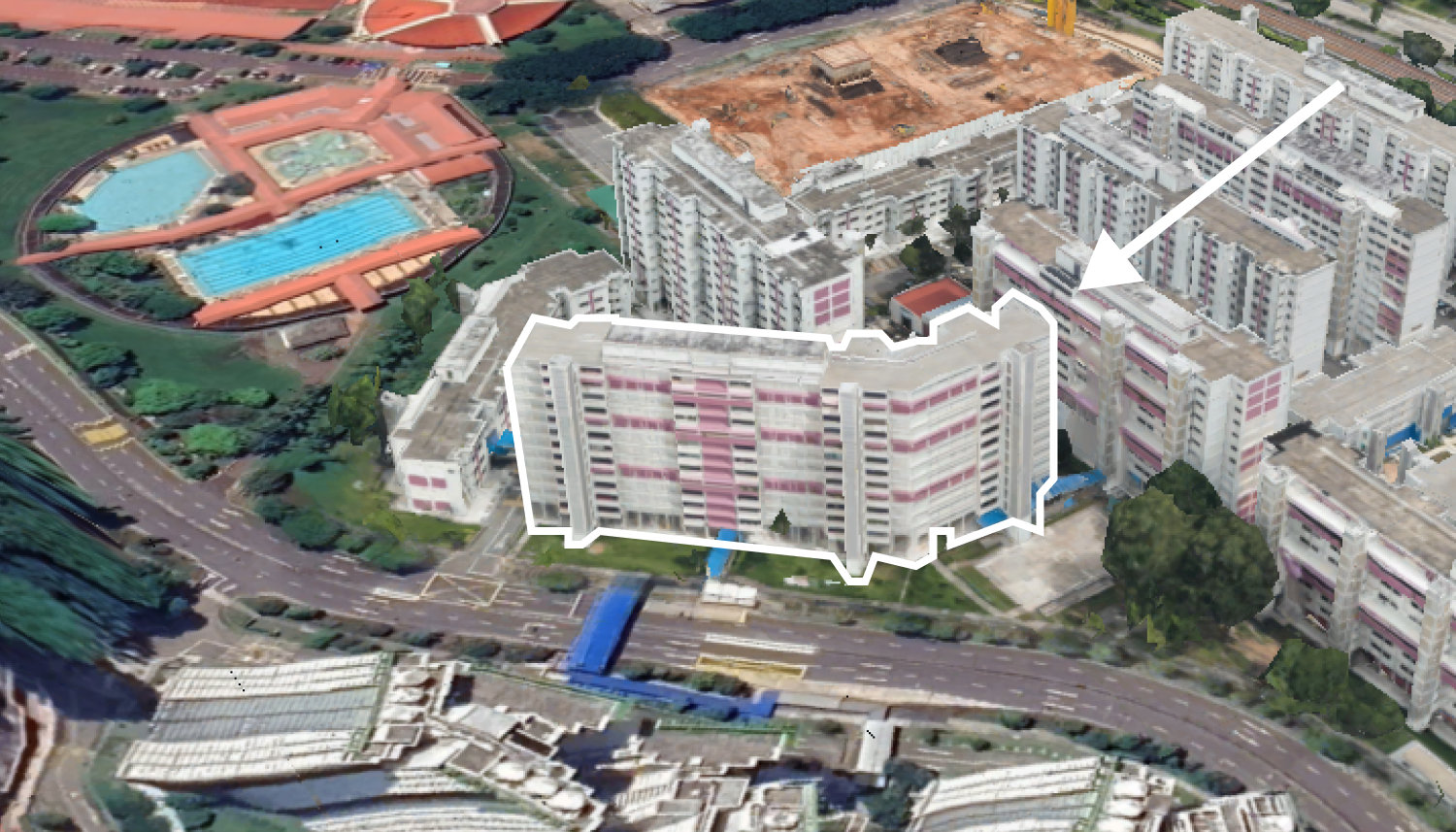
On The Market 5 Spacious 5-Room HDB Flats Under $600K You Can Still Buy Today

Property Advice I Own A 55-Year-Old HDB Flat, But May Have To Sell — Can I Realistically Buy A Freehold Condo With $700K?
